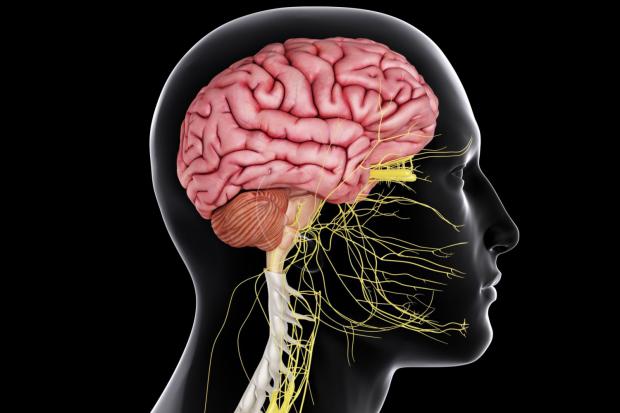
Breaking News
 Matt Walsh Responds to Demands to Disavow His Allies, and How to Resolve the Right-Wing...
Matt Walsh Responds to Demands to Disavow His Allies, and How to Resolve the Right-Wing...
 Unemployment Crisis 2025 Philip Patrick's Warning Signs to Watch
Unemployment Crisis 2025 Philip Patrick's Warning Signs to Watch
 Most Corrupt Series: Venezuela's President Nicolás Maduro
Most Corrupt Series: Venezuela's President Nicolás Maduro
 Chicago Public Schools Blew $23.6 Million on Luxury Trips. The Full Story Is Far Worse.
Chicago Public Schools Blew $23.6 Million on Luxury Trips. The Full Story Is Far Worse.
Top Tech News
 This tiny dev board is packed with features for ambitious makers
This tiny dev board is packed with features for ambitious makers
 Scientists Discover Gel to Regrow Tooth Enamel
Scientists Discover Gel to Regrow Tooth Enamel
 Vitamin C and Dandelion Root Killing Cancer Cells -- as Former CDC Director Calls for COVID-19...
Vitamin C and Dandelion Root Killing Cancer Cells -- as Former CDC Director Calls for COVID-19...
 Galactic Brain: US firm plans space-based data centers, power grid to challenge China
Galactic Brain: US firm plans space-based data centers, power grid to challenge China
 A microbial cleanup for glyphosate just earned a patent. Here's why that matters
A microbial cleanup for glyphosate just earned a patent. Here's why that matters
 Japan Breaks Internet Speed Record with 5 Million Times Faster Data Transfer
Japan Breaks Internet Speed Record with 5 Million Times Faster Data Transfer
 Advanced Propulsion Resources Part 1 of 2
Advanced Propulsion Resources Part 1 of 2
 PulsarFusion a forward-thinking UK aerospace company, is pushing the boundaries of space travel...
PulsarFusion a forward-thinking UK aerospace company, is pushing the boundaries of space travel...
 Dinky little laser box throws big-screen entertainment from inches away
Dinky little laser box throws big-screen entertainment from inches away
 'World's first' sodium-ion flashlight shines bright even at -40 ºF
'World's first' sodium-ion flashlight shines bright even at -40 ºF
Medical Control of Nervous System Signals: A New Frontier

From news-medical.net:
Bioelectric medicine involves the use of implanted devices that stimulate targeted nerves within natural signaling pathways in order to achieve a therapeutic effect.
Neuromodulation can aid with the unmet needs of several diseases, including heart failure, hypertension, inflammation, asthma, arthritis, Alzheimer's disease, and diabetes. There are also novel approaches that aim to intervene with the neuronal signaling that is involved with cancer progression. Overall, this type of therapy may hold potential for health conditions that conventional pharmaceutical treatments cannot appropriately manage.
This innovative approach utilizes bioelectricity as a fundamental unit of communication within the body, with bioelectric signals traveling through the nervous system in order to carry critical messages that ultimately control the functionality of organs. The electronic signals consist of information that can be recorded and combined with neural digital therapies, which can then be used to achieve a controlled therapeutic effect.
There are many diseases and conditions that can be targeted by bioelectronic therapies. An example includes an implantable electrode that targets the CNS [central nervous system] for the treatment of traumatic and neurodegenerative disorders known as deep brain stimulation (DBS), which first gained Food and Drug Administration (FDA) approval in 1997 for an essential tremor in Parkinson's disease. DBS can also be used to target pain, obsessive-compulsive disorder, Tourette syndrome, Alzheimer's disease, and major depression.
Another target comprises the spinal cord, for example, to relieve chronic pain. The FDA approved a spinal cord stimulation system by Nevro Corporation in 2018, which applies electrical pulses to the spinal cord via a battery-powered generator that is implanted below the skin in order to relieve chronic pain.



